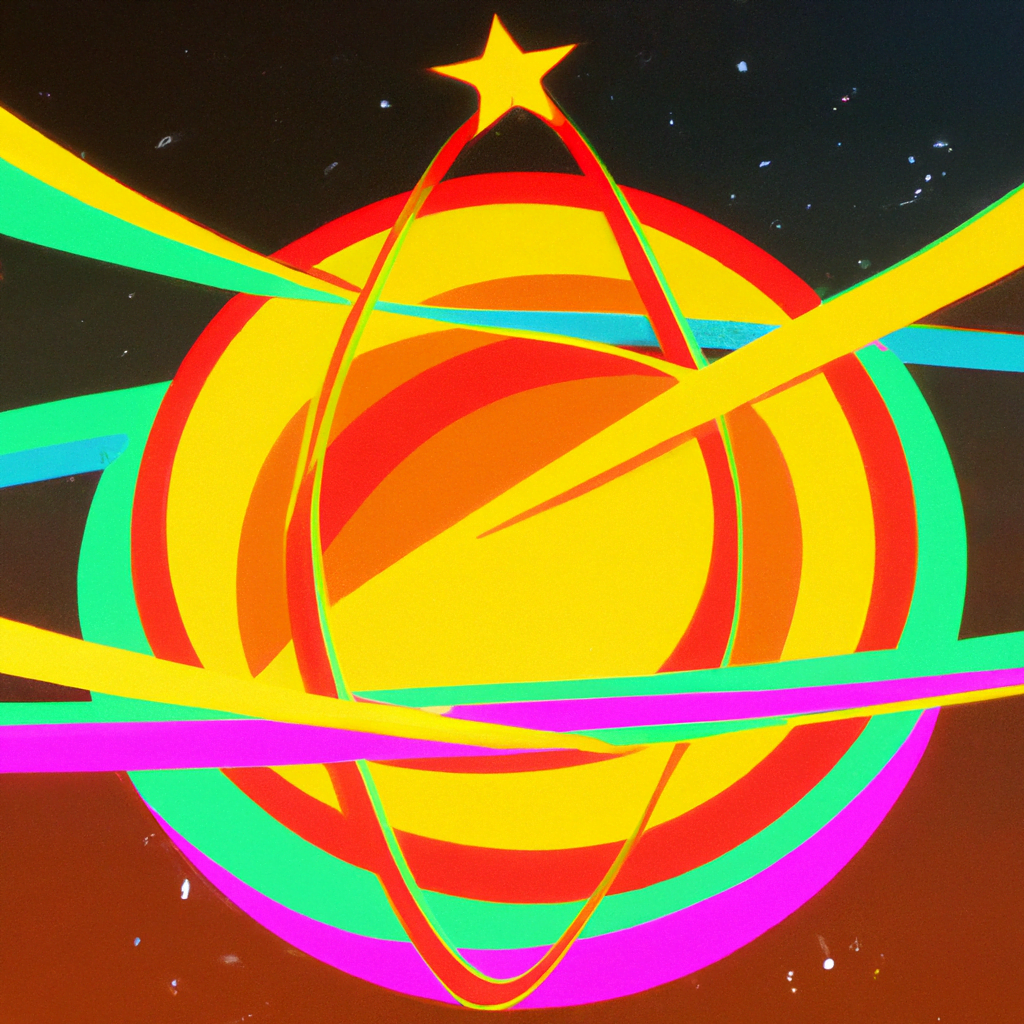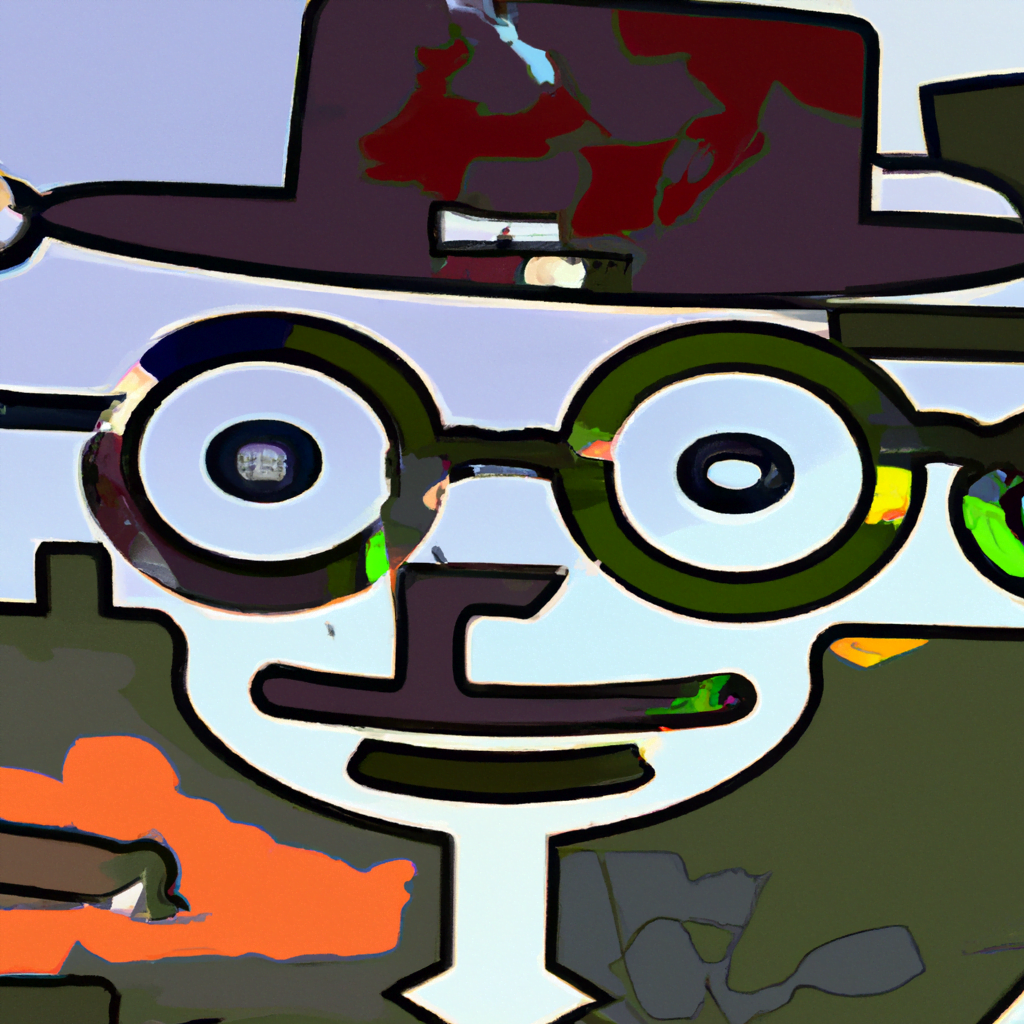
Tips for Creating Illustrations with a Psychedelic Style

Illustrations with a psychedelic style have gained popularity in recent years, captivating audiences with their vibrant colors, intricate patterns, and mind-bending visuals. Whether you are a professional illustrator or an aspiring artist, incorporating psychedelic elements into your work can add a unique and captivating touch. In this article, we will explore tips and techniques to help you create illustrations with a psychedelic style that will leave a lasting impression on your audience.
Understanding the Psychedelic Style
Before diving into the tips, it is essential to understand what defines the psychedelic style. Psychedelic art emerged in the 1960s as a visual representation of the psychedelic experience induced by hallucinogenic substances such as LSD. It is characterized by its vivid colors, intricate patterns, distorted perspectives, and surreal imagery.
Today, the psychedelic style has evolved beyond its association with drugs and has become a popular art form in its own right. Artists draw inspiration from various sources, including nature, spirituality, and the exploration of consciousness. The style aims to evoke a sense of wonder, transcendence, and altered states of perception.
1. Embrace Vibrant Colors
One of the defining characteristics of psychedelic art is its use of vibrant and intense colors. To create illustrations with a psychedelic style, experiment with a wide range of colors, including bold primaries, neon hues, and contrasting shades. Use color combinations that create visual impact and evoke a sense of energy and excitement.
For example, consider using complementary colors, such as blue and orange or purple and yellow, to create a striking contrast. Additionally, incorporating gradients and color transitions can add depth and dimension to your illustrations.
2. Play with Patterns and Symmetry
Patterns and symmetry are integral to the psychedelic style. Incorporate intricate and repetitive patterns into your illustrations to create a mesmerizing effect. Experiment with geometric shapes, fractals, and mandalas to add complexity and visual interest.
Furthermore, symmetry can enhance the psychedelic experience in your illustrations. Symmetrical compositions create a sense of balance and harmony, while asymmetrical designs can evoke a feeling of dynamic energy. Play with both symmetrical and asymmetrical elements to find the right balance for your artwork.
3. Experiment with Distorted Perspectives
Distorted perspectives are another hallmark of psychedelic art. By distorting proportions and perspectives, you can create a sense of otherworldliness and transcendence in your illustrations. Stretch and warp objects, exaggerate proportions, and play with unconventional angles to challenge the viewer’s perception.
For example, you can elongate limbs, twist shapes, or create impossible landscapes to create a surreal and dreamlike atmosphere. This distortion can transport the viewer into a different reality, enhancing the psychedelic experience.
4. Incorporate Symbolism and Metaphors
Symbolism and metaphors are powerful tools to convey deeper meanings and evoke emotions in your illustrations. Explore symbols associated with psychedelia, such as eyes, spirals, mushrooms, or cosmic imagery, to add layers of meaning to your artwork.
Consider the message or feeling you want to convey and incorporate relevant symbols and metaphors into your illustrations. This can create a connection with your audience and invite them to interpret the artwork in their own unique way.
5. Use Texture and Layering
Texture and layering can add depth and richness to your illustrations. Experiment with different textures, such as brush strokes, gradients, or digital effects, to create a tactile and multidimensional feel.
Layering elements can also enhance the psychedelic style. Overlay patterns, shapes, and colors to create a sense of complexity and visual depth. This technique can create a mesmerizing visual experience and invite the viewer to explore the artwork further.
6. Explore Digital Tools and Techniques
With the advancement of digital tools and software, creating illustrations with a psychedelic style has become more accessible than ever. Digital art platforms offer a wide range of brushes, effects, and filters that can help you achieve the desired psychedelic look.
Experiment with different digital tools and techniques to find what works best for you. Use brushes with unique textures, apply filters to create vibrant color effects, or explore digital manipulation to distort perspectives and shapes.
7. Seek Inspiration and Study Psychedelic Artists
Studying the work of established psychedelic artists can provide valuable insights and inspiration for your own illustrations. Explore the works of artists such as Alex Grey, Mati Klarwein, or Robert Venosa to understand their techniques and artistic choices.
Additionally, seek inspiration from other art forms, such as music, literature, or film, that embrace the psychedelic aesthetic. Analyze how these art forms use color, patterns, and symbolism to create a psychedelic experience and incorporate those elements into your own work.
Summary
Creating illustrations with a psychedelic style allows you to explore vibrant colors, intricate patterns, and distorted perspectives. By embracing these elements and incorporating symbolism, texture, and layering, you can create captivating artwork that evokes a sense of wonder and altered states of perception.
Remember to experiment with different techniques, seek inspiration from established psychedelic artists, and explore the possibilities offered by digital tools. With practice and creativity, you can develop your own unique style and create illustrations that leave a lasting impression on your audience.
